A guide to help you spot a few of the over 100 species of butterflies that we share Mumbai with
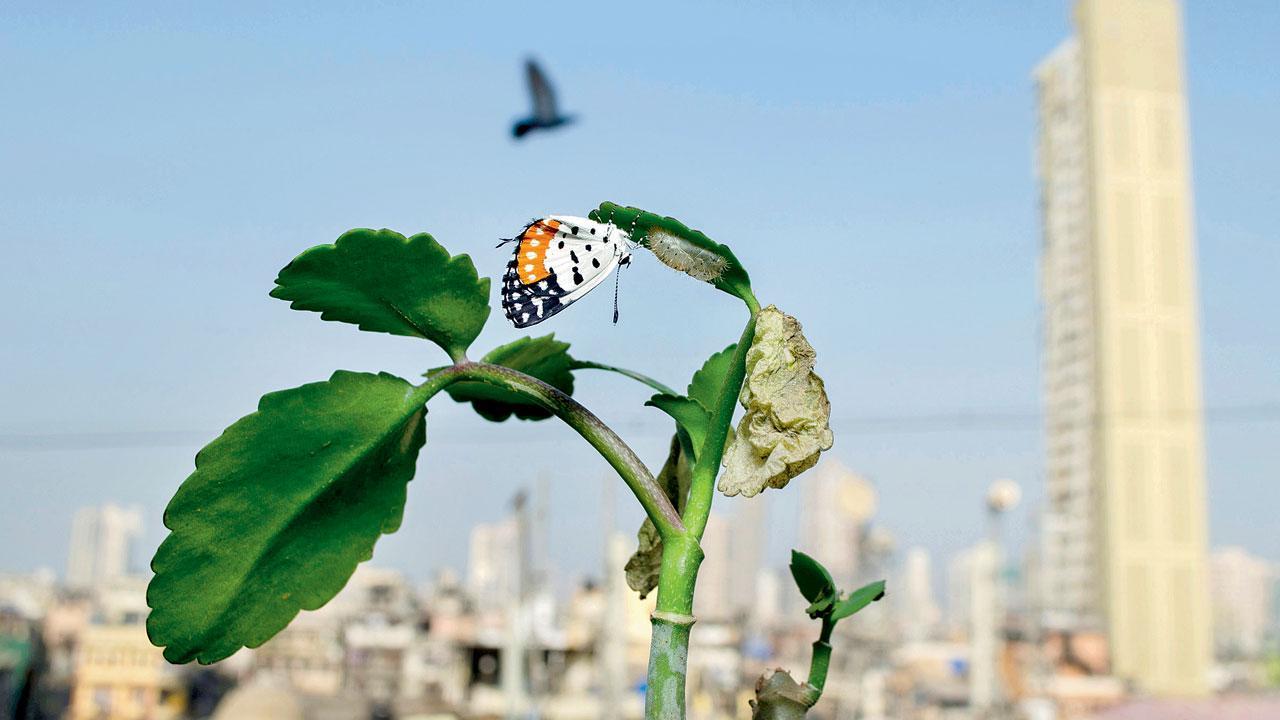
There are two types of plants needed to set up a butterfly garden—nectar and larval host plants. PICS COURTESY/RIZWAN MITHAWALA
Every year, it seems like Mumbai’s streets get more congested, its high-rises growing taller and its already sparse green spaces becoming even smaller. Which is why it might be surprising to realise that the city is home to over 150 species of butterfly, when countries like the United Kingdom have only 59. “Mumbai is blessed with butterflies,” says naturalist Rizwan Mithawala, who works as a writer and editor at the Wildlife Conservation Trust. Mithawala has been observing and photographing butterflies in the city for over 10 years, but when the pandemic struck and leaving the house was not an option, he had to get creative and bring the butterflies to his doorstep.
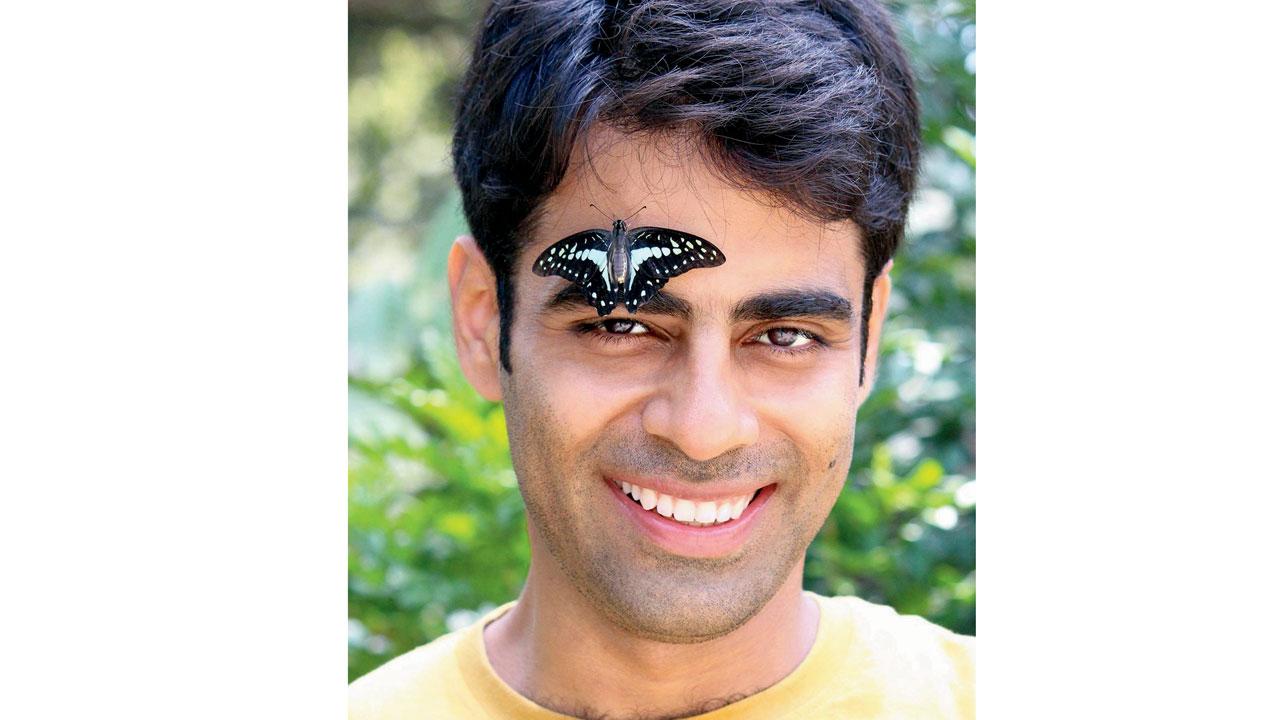
Rizwan Mithawala. PIC COURTESY/MANDAR SHEVADE
Setting up a butterfly garden is relatively simple, says Mithawala, adding that you need two main types of plants—nectar plants, for adult butterflies to feed on, and larval host plants. “Specific butterflies are attracted to specific larval host plants, so if you want to see a Common Mormon, one of the city’s most sighted butterflies, you should plant a kadi patta or a citrus plant,” says Mithawala, who has also helped compile a guide to some of the places where you can sight these winged beauties.
Wadi Bunder
A former dumping ground located at Wadi Bunder has been converted into a butterfly garden by the Central Railway. Once a site of disrepair, it now boasts a jet water dispenser and a wide variety of plants that assist a butterfly through its entire life span and provide nectar too. The 2,000 sq ft space boasts over 400 varieties of flowers that Railway officials say will help facilitate and care for butterflies throughout their entire lifespan.
Maharashtra Nature Park
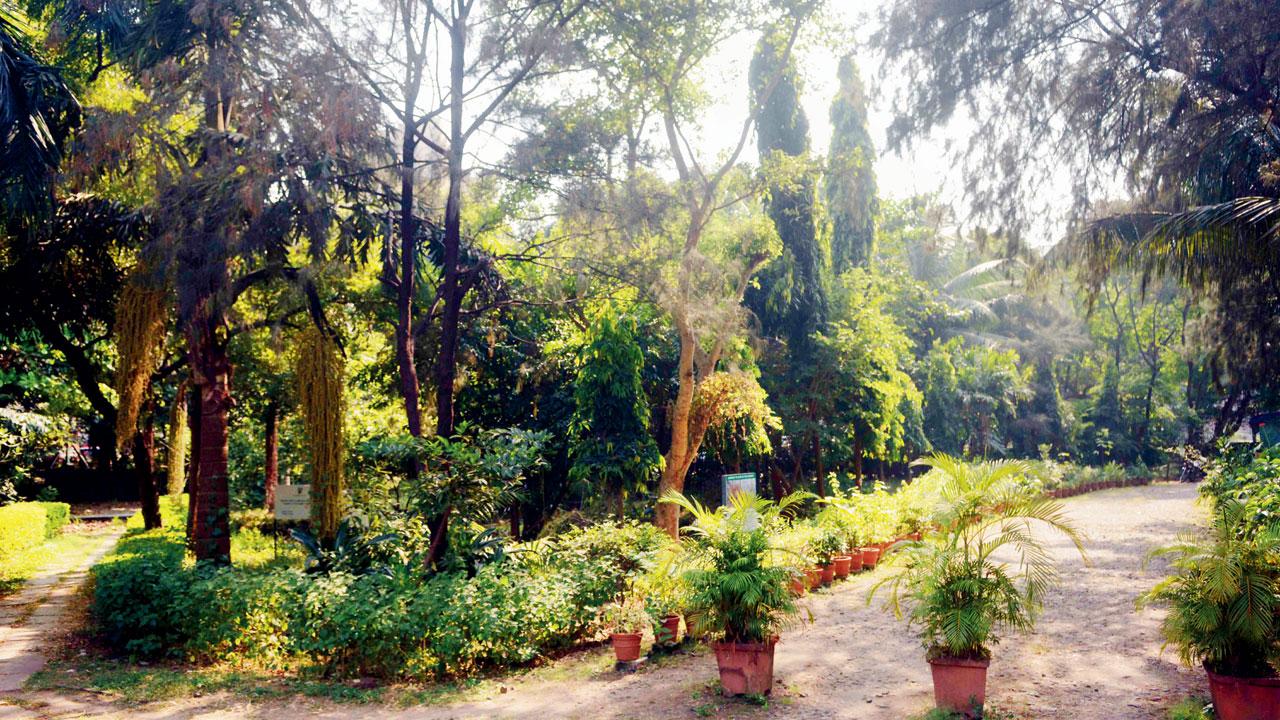
Maharashtra Nature Park, also known as Mahim Nature Park, is another reliable place to see butterflies. The Nature Park has had butterfly sightings for the past few years, after the planting of nectar plants at the entrance on both sides. Butterflies can be spotted year-round in the city, but Rizwan suggests that the current monsoon climate is the most fertile for sightings of catapillars. Look out for species like the Red Pierrot, Common Mormon, and Tawny Coster, among others.
Ovalekar Wadi
A two-acre plot of land full of nectoring and larval plants, Ovalekar Butterfly Park in Thane is host to over 70 different species of butterfly. The infographics and models showing the four different stages of a butterflies life are great to help kids understand the metamorphosis these creatures undergo.
Sanjay Gandhi National Park
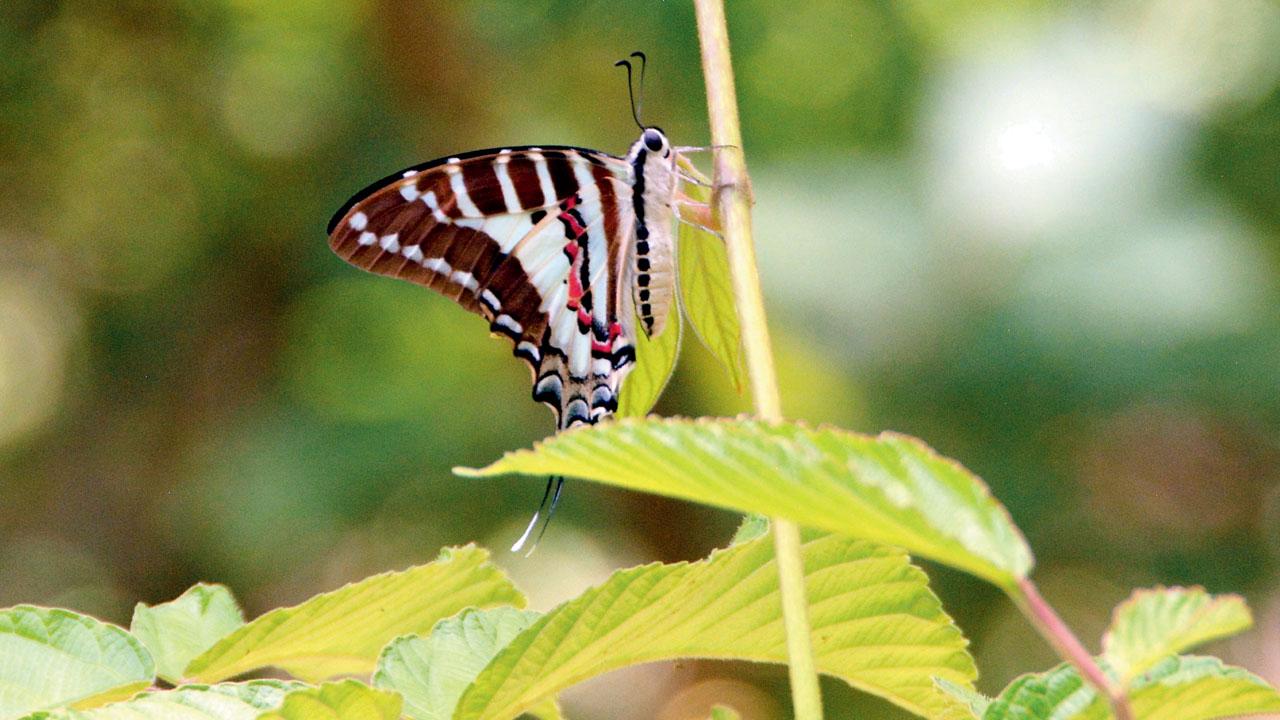
You can find over 150 different species of butterflies within the National Park, and Mithawala credits the site for much of the city’s ecological diversity. Exploring the forest from Borivli, Aarey, and Thane will all yield results, but Mithawala recommends the Nagla Block section for the greatest diversity of insects. In addition to butterflies, look out for caterpillars in the monsoon season—they can be found on plants at eye-level and below.
Hanging Gardens
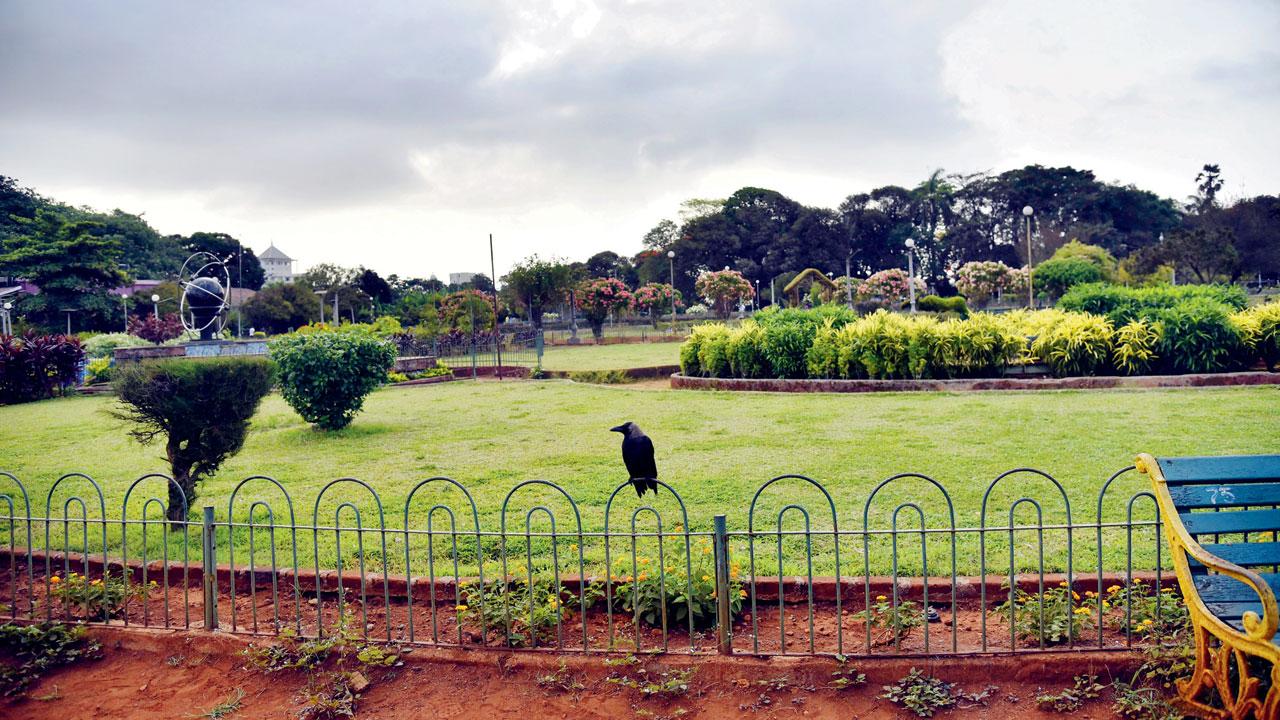
This popular South Bombay garden boasts magnificent views of the Arabian Sea, but equally picturesque are the butterflies that populate the area. Be sure to go to the Pherozeshah Mehta Gardens, and not Kamala Nehru Park, to ensure a better chance of spotting butterflies. Set out in the morning—but not too early; butterflies require some sunlight before they become active, and come out only after the birds.
BNHS Conservation Education Centre
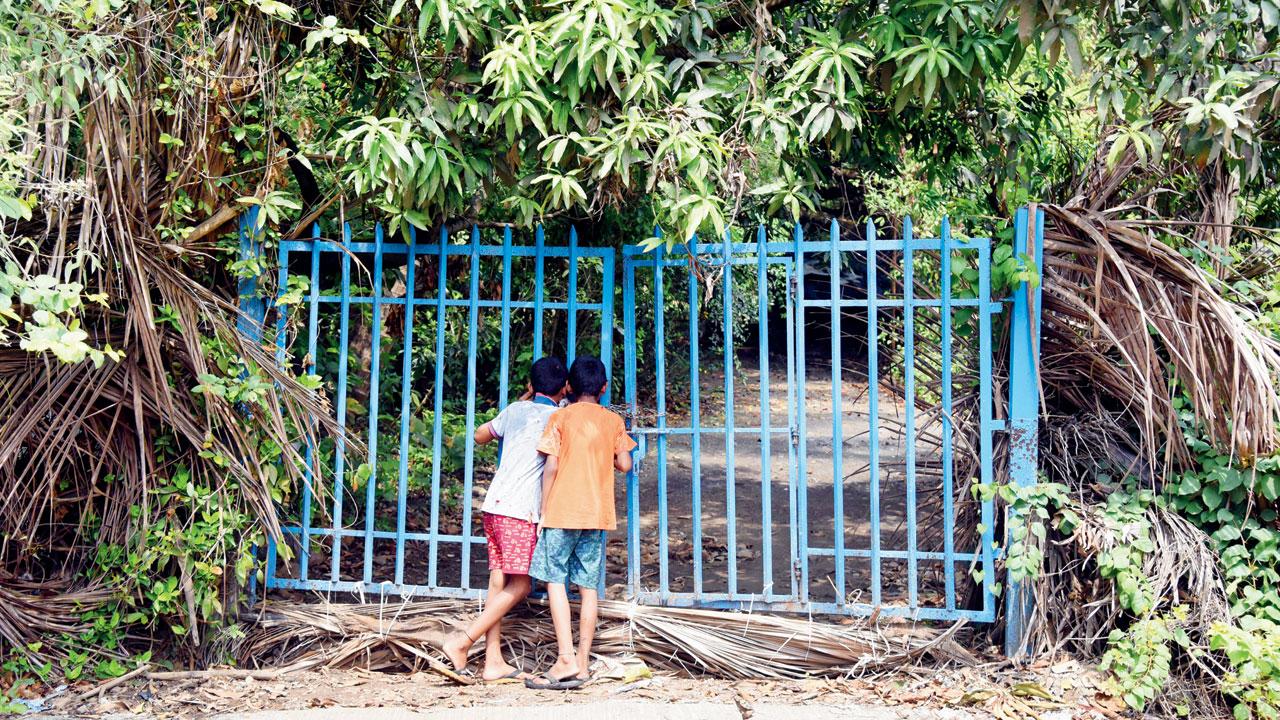
The Bombay Natural History Society’s Conservation Education Centre is a uniquely privileged location to spot butterflies. Mithawala explains that this is because while it is bordering the Sanjay Gandhi National Park, efforts have also been made to plant additional nectar and larval host plants. This means the butterflies already present in the forest, all flock to this particular location.
 Subscribe today by clicking the link and stay updated with the latest news!" Click here!
Subscribe today by clicking the link and stay updated with the latest news!" Click here!










